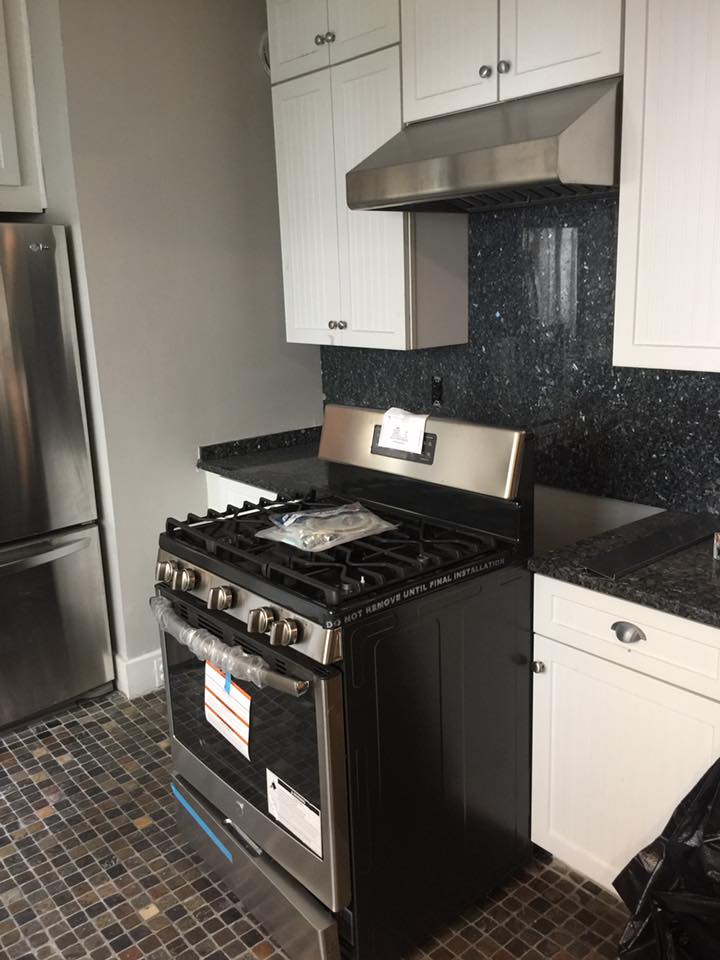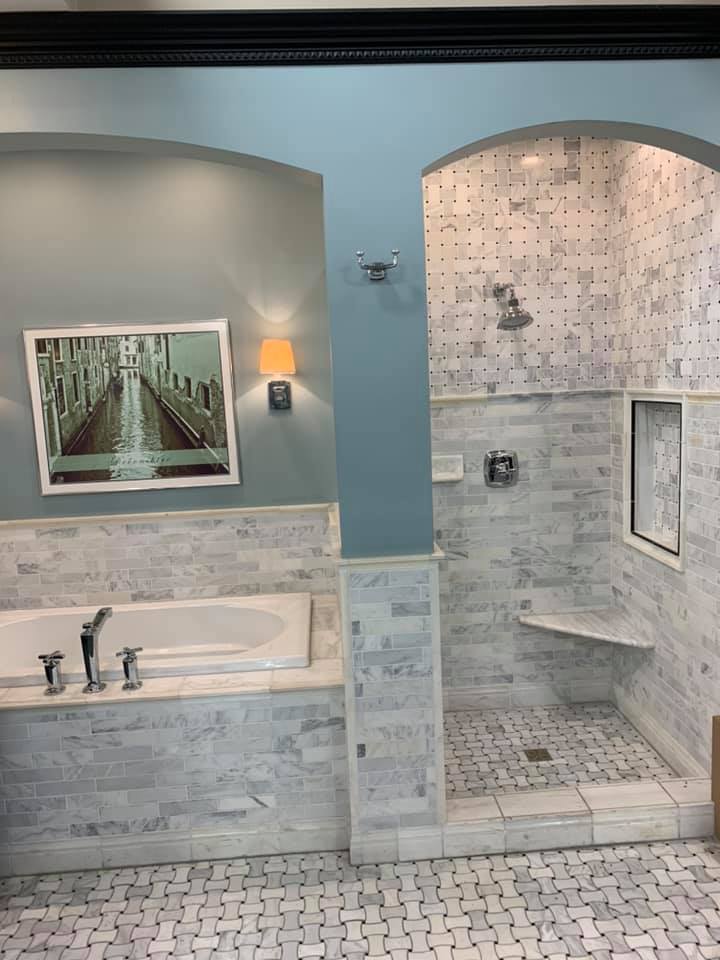502-888-1396
All estimates are FREE!
Give us a call or text us today.
Serving Louisville, KY & Surrounding Areas
Blog Layout
How to Identify Types of Siding for Homes
Admin • April 19, 2018
How to Identify Types of Siding for Homes
Just as a roof protects the top of a house against moisture-related problems, siding does the same thing to the rest of the building by providing exterior walls with an important shelter. It is meant to be responsible not only for the appearance of your property but structure durability and energy efficiency.
Covering the outer walls is a must to create an effective barrier against water, pest, and other troubles which may compromise the comfort of your living. To make sure the structure and integrity of a building are maintained properly, it’s critical to have a better understanding of types of house siding and what option is installed in your case.
With a variety of cladding finishes applied by contractors, it may be challenging to determine the one in your home. Today the market has a lot to offer to property owners, especially if they are looking for the combination of durability and distinctive appearance. Although brick and wood house siding may be easily identified, many other options seem extremely puzzling. Let’s get a deeper insight into the kinds of covering materials to figure out the one you have.

Most common types of siding for homes
Depending on the building type, environmental conditions, and requirements of a property owner, every option of siding panels has its pros and cons. Traditionally, the following kinds of exterior coverings are distinguished:
- Vinyl house siding When it comes to covering the outer walls, it is vinyl siding that remains one of the most popular options among homeowners in the US. In fact, it is a plastic exterior material that somewhat resembles clapboard and batten. Today it is available in many color and profile options, including shingles, shakes, panels, and Dutch lap. Vinyl siding requires minimal maintenance, meaning that some hosing will be enough. However, this material suits perfectly for buildings located in a favorable climate only. In case of extreme weather conditions, it may warp or bend.
- Stucco siding If lasting durability and low maintenance are of primary importance to you, stucco will be your ideal choice. The material belongs to the most frequently used types of house siding and is based on Portland cement, lime, sand, and water. Stucco is applied in several layers with a wire mesh to provide a smooth finish and last for dozens of years. Also, it may be easily repainted if some dirt or other pollutants get impregnated into its coats.
- Fiber cement siding While being a material made of reinforced cement and cellulose fibers, it looks like natural wood and vinyl siding with better resistance to decomposition, insects, and other unfavorable impacts. Cladding of this type has successfully replaced asbestos house siding and provided homeowners with extra protection against fire damages. Fiber cement allows for many attractive finishes and may be applied on buildings in coastal areas. When choosing this cladding, you should keep in mind that it requires special tools and considerable efforts to be installed.
- Masonite siding Hardboard exterior cladding is another budget-friendly option providing a look of real wood. It is an engineered material that may be finished in various styles to add to the appearance of your property. Apart from providing a wood-like look at affordable prices, Masonite is known for the increased durability. The material features excellent resistance to insects, temperature fluctuations, and physical damages. Thus, Masonite panels will be the ideal choice for homeowners willing to get cedar-look siding without the risk of being damaged by termites or other bugs.
- Metal siding Aluminum and steel are the most popular materials used for exterior cladding of this type. They remain extremely common in modern home improvements because of their unconventional appeal and a myriad of benefits to buildings. Aluminum is a lightweight material that is more common for homes in coastal areas as it is not susceptible to the conditions of salt air and moisture. Steel cladding, in its turn, is installed to provide better protection against hail damages.
- Aluminum siding When it comes to adding a distinctive look, it is aluminum that allows you to play around with various finishes. Aluminum siding sheets are available in horizontal and vertical options, enabling you to cover the exterior of your property in many different ways. Also, it’s recommended to consider the weight of cladding panels before choosing metal covering. It’s clear that steel siding is far heavier than aluminum and requires more time to be installed.

Proper Maintenance Starts Here
Identifying the type of siding is an essential step to be taken before carrying out any maintenance procedures to a house. Home Run Improvement is always at your service to guide you through all kinds of cladding options, be it fiber cement, stucco, or synthetic wood siding. We will assist you in developing a right plan aimed at maintaining your exterior and protecting your home against the unexpected.
SERVICE AREA
OFFICE HOURS
- Mon - Fri
- -
- Sat - Sun
- Closed
© 2025
All Rights Reserved | Home Run Improvement
Designed by Flypaper - Louisville | Privacy Policy





